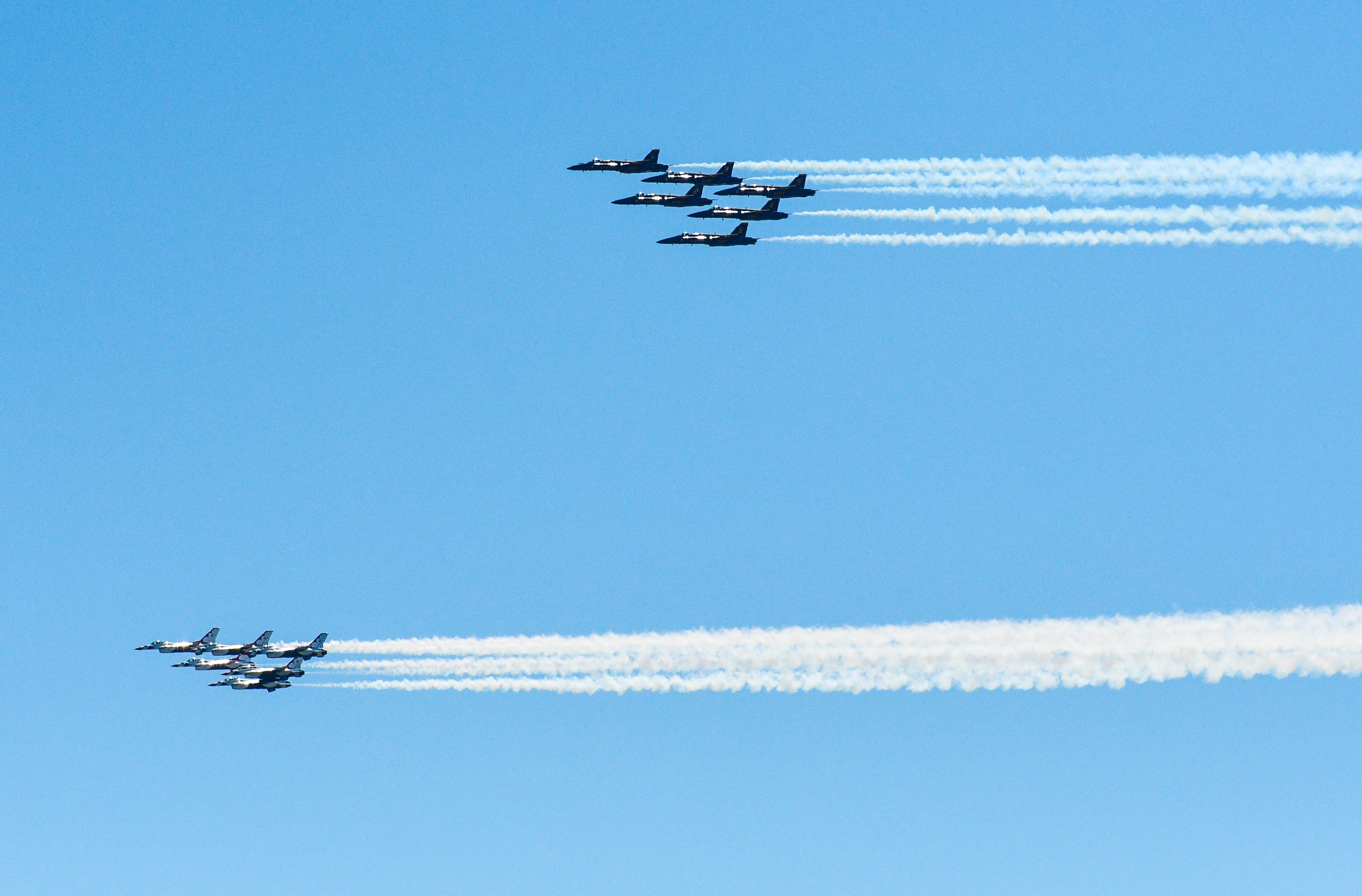Seventy eight years ago last month, Army-Air Forces bombers roared down the deck of the Navy aircraft carrier Hornet to launch a daring counterstrike against mainland Japan in the early months after America’s entry into World War II. The Doolittle Raid caused militarily insignificant damage but this multi-service operation was symbolically powerful. When little seemed to be going right for the United States, American bombers breached enemy defenses and reached Japan’s capital.
The secret mission embodied the highest ideals of selfless service: The pilots and crewmembers did not return to the Hornet and, though most survived after ditching their bombers in or near China while fleeing capture, there was no guarantee of a safe return.
It is not always appropriate to compare that kind of valor to everyday life. But I believe we are living in a moment where the superb teamwork and sacrifice displayed by the soldiers, sailors and airmen of the Doolittle Raid is paralleled by the heroic efforts of our medical community fighting the coronavirus.
America’s health care workers, along with others delivering essential services to our country, are engaged in a homefront struggle that is affecting every facet of American life, to include the vital work of national security. We who are in the business of safeguarding our nation will continue to do so in this “new normal,” where we must balance the challenges of military readiness against the ongoing health risks to our people. But still, we marvel at the courage of the thousands and thousands of doctors, nurses, EMTs and caregivers getting up every day to take care of the most vulnerable among us. Some have made the ultimate sacrifice, the most severe cost of healing in a pandemic.
RELATED

In this ongoing fight, the Army, Navy, Marines and Air Force have gladly played a supporting role assisting frontline workers in the hospitals, clinics and nursing homes of America. Army engineers build hospitals in cities overrun by the virus; Navy medical personnel serve aboard ships, the Comfort and Mercy, steaming into harm’s way with beds and supplies; Air Force crews have flown millions of test kits around the world to coronavirus hot zones.
The helpers are everywhere. In March, I was fortunate to meet some of the medical pros of the U.S. Public Health Service and the National Disaster Medical System, who parachute into areas ravaged by all manner of crises, from hurricanes to pandemics. At Lackland Air Force Base, Texas, they cared for Americans evacuated from cruise ships and U.S. government offices in China. Many of the San Antonio caregivers had done this same kind of work dozens of times, with little advance warning.
When we come through this crisis on the other side, all of us will have been changed in ways we may not now imagine. We in the armed forces marvel at the resolve and dedication of our homefront heroes. This week, the Navy and Air Force demonstration teams, the Blue Angels and Thunderbirds, flew over some of the cities stricken by the virus to pay homage to those on the front lines. I’ll end with the words of Winston Churchill: Never was so much owed by so many to so few.
Gen. David Goldfein is the Air Force Chief of Staff





